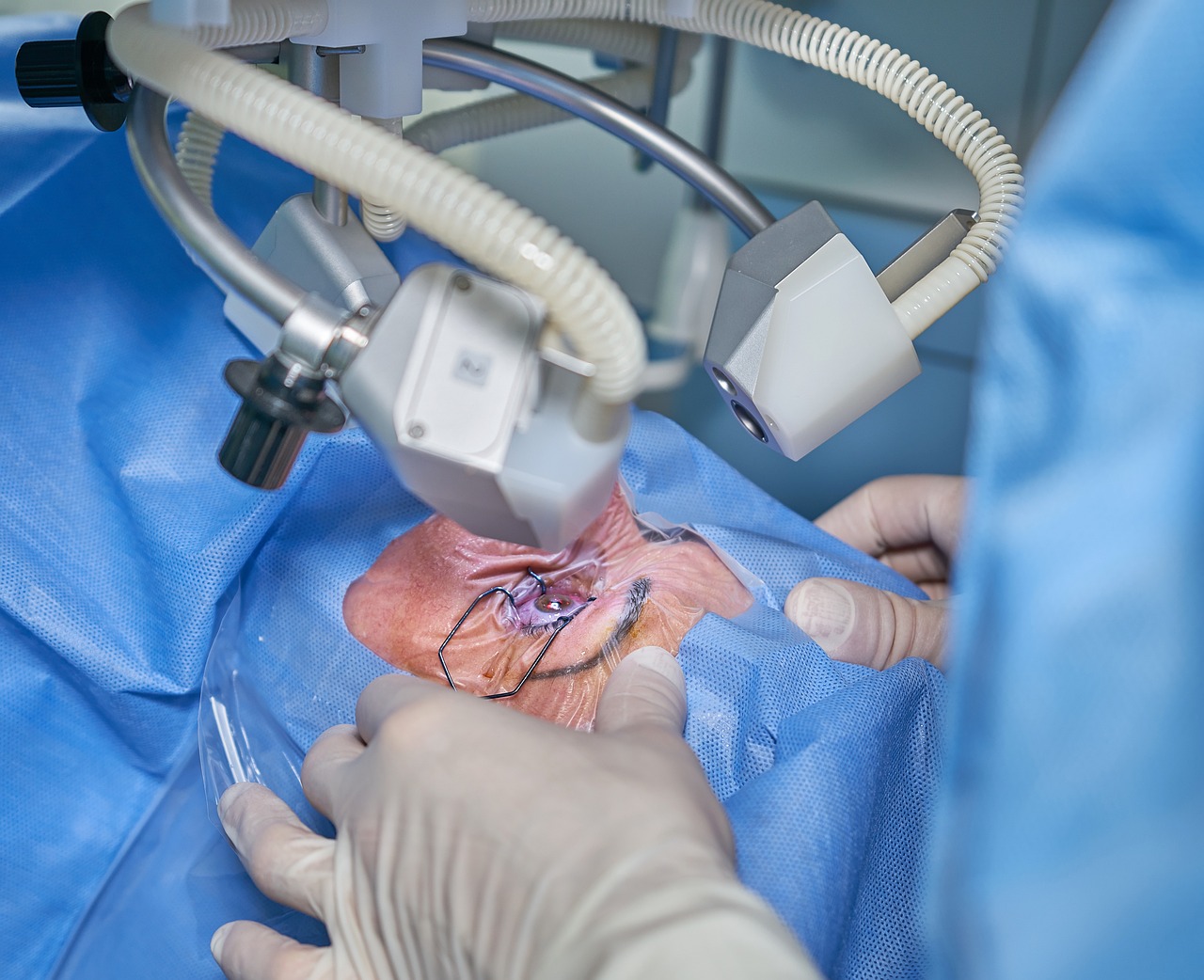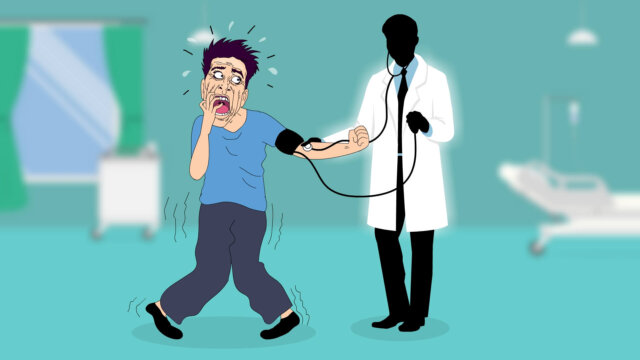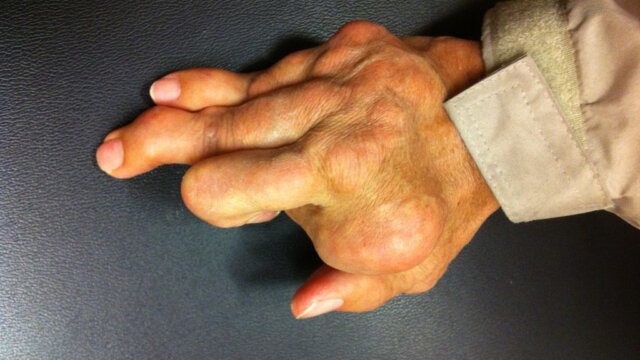FTC disclaimer: This post may contains affiliate links and we will be compensated if you click on a link and make a purchase.
Glaucoma and cataracts are two prevalent eye conditions with the potential to significantly impair vision and overall eye health.
They share similar symptoms such as blurry vision and poor night vision, which can often lead to confusion in distinguishing between the two.
Despite these similarities, it’s essential to understand that glaucoma and cataracts have distinct causes, treatments, and outcomes.
Grasping the differences between these conditions is crucial in ensuring early detection and effective management, which can significantly enhance the quality of life for those affected.
This article aims to provide accurate and detailed information about both conditions, shedding light on their respective causes, symptoms, and treatment options.
Let’s dive in and untangle the intricacies of these eye disorders, helping you differentiate between glaucoma and cataracts with clarity and confidence.
Understanding Glaucoma and Cataracts
Glaucoma and cataracts are two common yet distinct eye conditions. Glaucoma is a group of diseases causing damage to the optic nerve, often due to an accumulation of fluid, or aqueous humor, in the eye.
On the other hand, a cataract is characterized by cloudiness in the lens of the eye that blocks or alters the entry of light, thus affecting vision (source).
While these conditions are both major causes of vision loss, they differ in several ways. Notably, vision loss from cataracts can be reversed through surgery, which involves replacing the cloudy lens with a clear plastic one. Unfortunately, glaucoma-induced vision loss is irreversible at present (source).
Despite the common misconception, those with glaucoma are not typically at a higher risk of developing cataracts. Certain exceptions do exist, such as those with secondary glaucoma due to factors like eye inflammation or trauma, and those on steroids.
Causes and Symptoms of Glaucoma
Glaucoma, a leading cause of blindness, is primarily caused by an increase in intraocular pressure (IOP) in the eye (source). This pressure builds when the eye’s fluid, known as aqueous humor, cannot drain properly, damaging the optic nerve over time.
Types of Glaucoma:
- Open-angle glaucoma: The most common form, characterized by an open but ineffective drainage system, causing gradual IOP increase.
- Angle-closure glaucoma: Occurs when the iris bulges, blocking or slowing fluid drainage and abruptly increasing IOP.
Common Symptoms:
- Eye pain or pressure
- Blurred vision
- Peripheral vision loss
It’s important to note that symptoms often do not appear until the disease has progressed, emphasizing the need for regular eye exams for early detection and treatment.
Causes and Symptoms of Cataracts
Cataracts form as a result of protein breakdown in the lens of the eye, causing cloudy patches that lead to impaired vision. They are often considered an inevitable part of aging with age-related cataracts being the most common type. Other types include pediatric, traumatic, and secondary cataracts.
Symptoms of Cataracts
Those with cataracts often experience symptoms such as blurry vision, light sensitivity, and color perception changes. These symptoms can interfere with daily life as the condition progresses, making routine tasks challenging.
Risk Factors for Cataract Development
While age is a significant factor, certain environmental, medical, and genetic risks can also contribute to cataract development. For instance, long-term exposure to UV light, diabetes, and a family history of cataracts can increase one’s vulnerability to this condition.
Diagnosis of Glaucoma and Cataracts
Diagnosing glaucoma involves various methods, such as tonometry and visual field testing. Tonometry measures the pressure inside your eye, with elevated pressure indicating a significant risk factor for glaucoma (source).
During a visual field test, light spots are presented in different areas of your peripheral vision, creating a “map” of your vision and helping detect any vision loss due to glaucoma (source).
For cataracts, a comprehensive dilated eye exam is the primary diagnostic method. An eye doctor will dilate your pupil and check your eyes for cataracts and other eye problems (source).
Importance of Regular Eye Exams
Regular eye exams play a crucial role in the early detection and treatment of conditions like glaucoma and cataracts. These exams allow for early intervention, ongoing monitoring, and adjustments in treatment if necessary.
Treatment Options for Glaucoma
Glaucoma, a serious eye condition often resulting in vision loss, has a variety of treatment options available. These treatments aim to lower eye pressure in order to prevent further damage to the optic nerve, thereby preserving vision.
Eye Drops and Medications
The most common form of treatment involves the use of eye drops and medications. These medications work by either reducing the production of fluid in the eye or by increasing its outflow, effectively lowering intraocular pressure.
Examples of these medications include Dorzolamide (Trusopt®) and Acetazolamide (Diamox®). However, as with any medication, potential side effects should be discussed with a healthcare professional.
Surgical Treatments
Surgical treatments may be considered in more severe cases, or when medications are ineffective. Procedures such as laser therapy and shunt implantation work to increase the outflow of fluid from the eye, again lowering eye pressure.
As with any surgical procedure, the potential benefits and risks must be thoroughly discussed with a healthcare professional.
Ultimately, the choice of treatment will be determined by individual factors, including the severity of the disease, response to medication, and other health issues. Regular check-ups with an eye specialist are crucial in managing glaucoma effectively.
Treatment Options for Cataracts
When it comes to cataracts, the only truly effective treatment is surgery. This procedure involves the removal of the clouded lens, which is then replaced by a new, artificial lens, also known as an intraocular lens or IOL.
According to the National Eye Institute, this surgery is very safe, with 9 out of 10 people seeing better afterward.
Types of Cataract Surgery
There are two main types of cataract surgery: traditional and laser-assisted. The traditional method, known as phacoemulsification, involves breaking up the cataract with ultrasound and removing it.
On the other hand, laser-assisted surgery uses high-energy, focused light beams to make incisions and soften the cataract, making it easier to remove.
This type of surgery can provide more precise vision correction and is often recommended for people who choose a specific type of IOL, such as multifocal or extended depth of focus lens (Yale Medicine).
Benefits and Risks of Cataract Surgery
While cataract surgery has a high success rate, it’s important to note that there may be risks involved. However, advancements in the field, such as the ORA system, have made the procedure safer and more effective. The potential benefits, such as improved vision and quality of life, often outweigh the risks for most patients.
Caring for Your Eyes with Glaucoma and Cataracts
Managing both glaucoma and cataracts can require a delicate balance, as each condition may demand unique treatment strategies. Glaucoma, often controlled with laser treatment and anti-glaucoma medications, damages the optic nerve and can’t be repaired or replaced. On the other hand, cataracts cloud your vision but can be successfully treated with surgery.
To manage symptoms of these conditions, consider the following tips:
- Avoid bright lights that can increase glare, especially if you’re using adrenergic agonist medicines for glaucoma.
- Use prescribed eye drops as directed. Note that miotic eye drops may lower your vision.
Regular follow-ups with your ophthalmologist are crucial to monitor disease progression and adjust treatment plans. Keep in mind that glaucoma and cataracts can occur together, particularly in older adults.
Therefore, a comprehensive treatment approach is paramount for preserving your vision.
Conclusion
In wrapping up, it’s crucial to recognize the differences between glaucoma and cataracts. Glaucoma, characterized by excessive fluid pressure in the eye, affects the optic nerve, while cataracts result from protein breakdown, impacting the lens.
These conditions present contrasting symptoms and require different treatment strategies. Notably, cataract-induced vision loss can be reversed through surgery, an option not available for glaucoma (Glaucoma.org).
However, the fight against these disorders doesn’t end with understanding their causes and symptoms. Regular eye exams are vital for early detection.
Remember, changes in vision should never be ignored. If you notice any, seek professional help promptly. Ultimately, your understanding of these conditions plays a significant role in maintaining your eye health.









